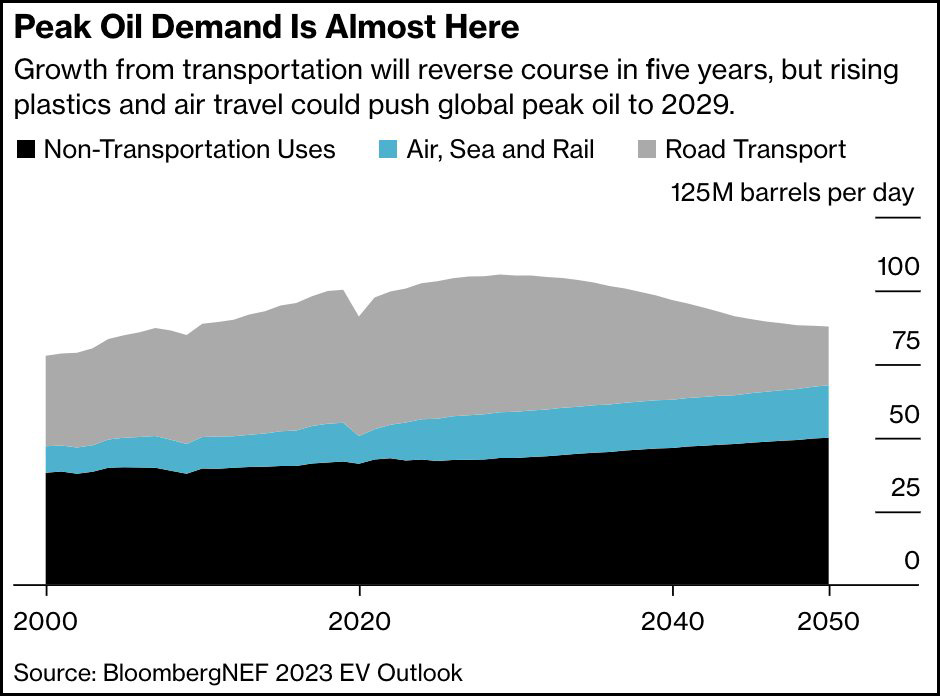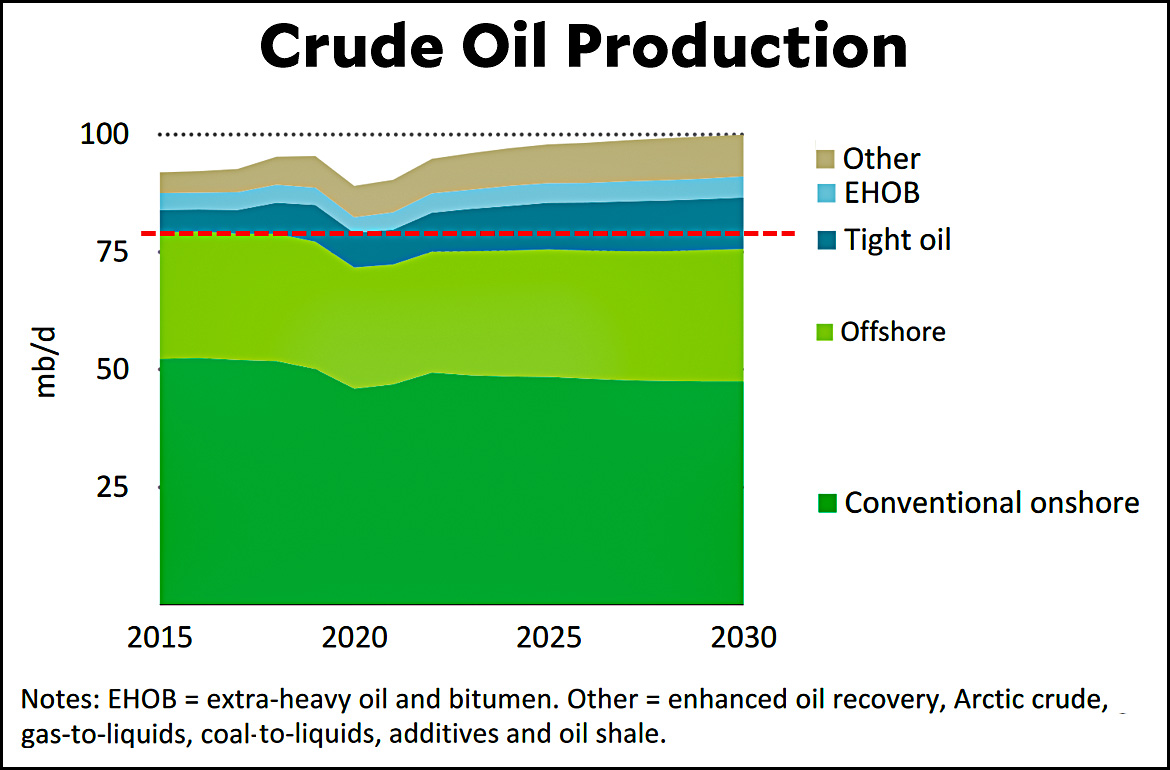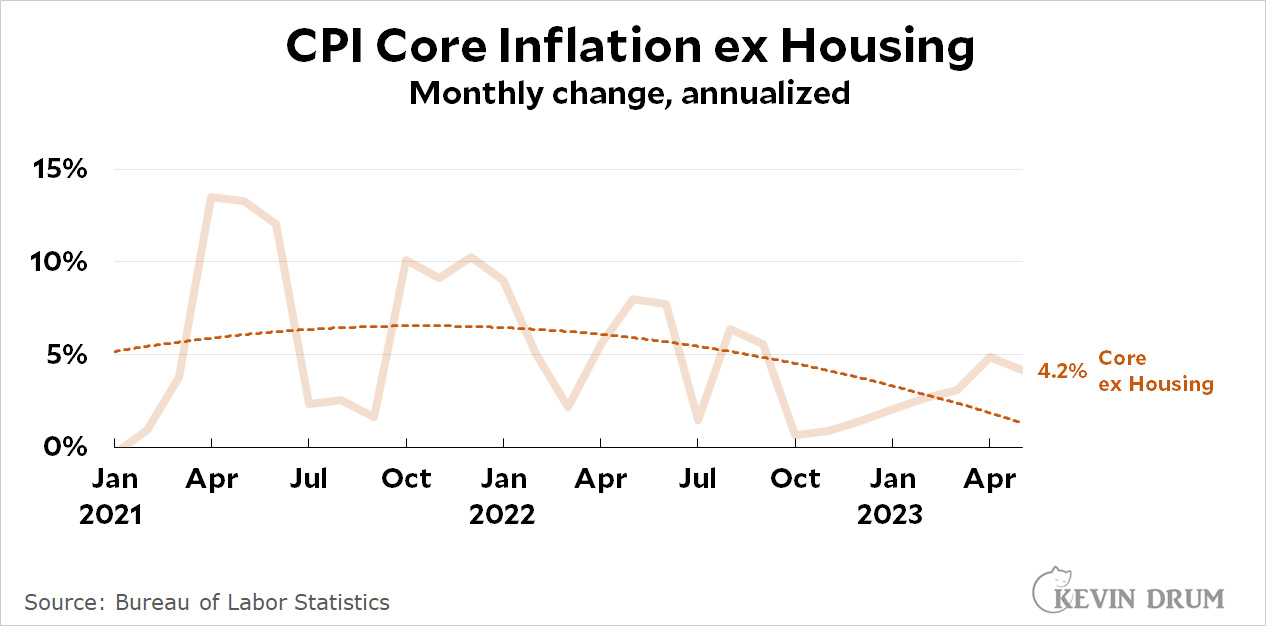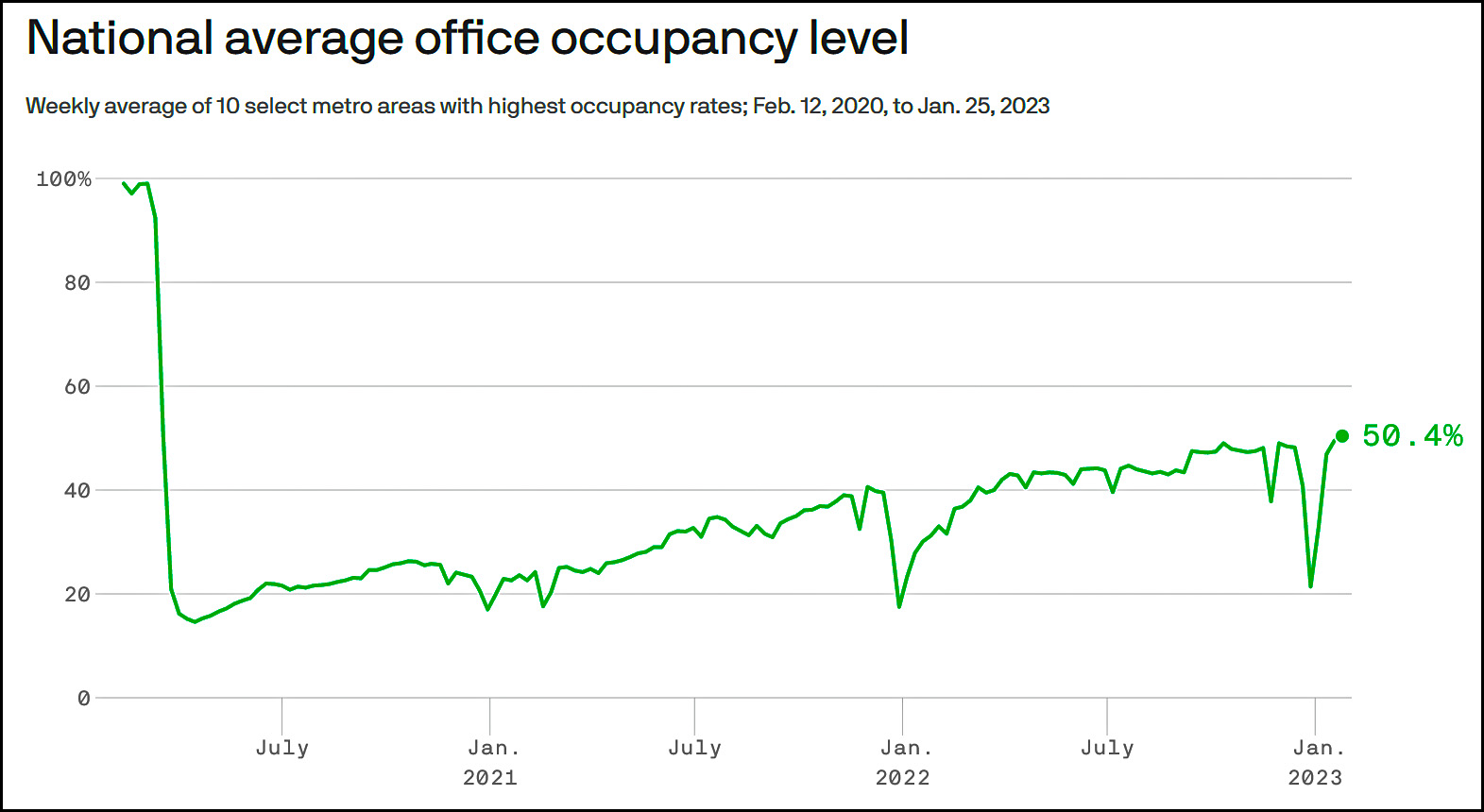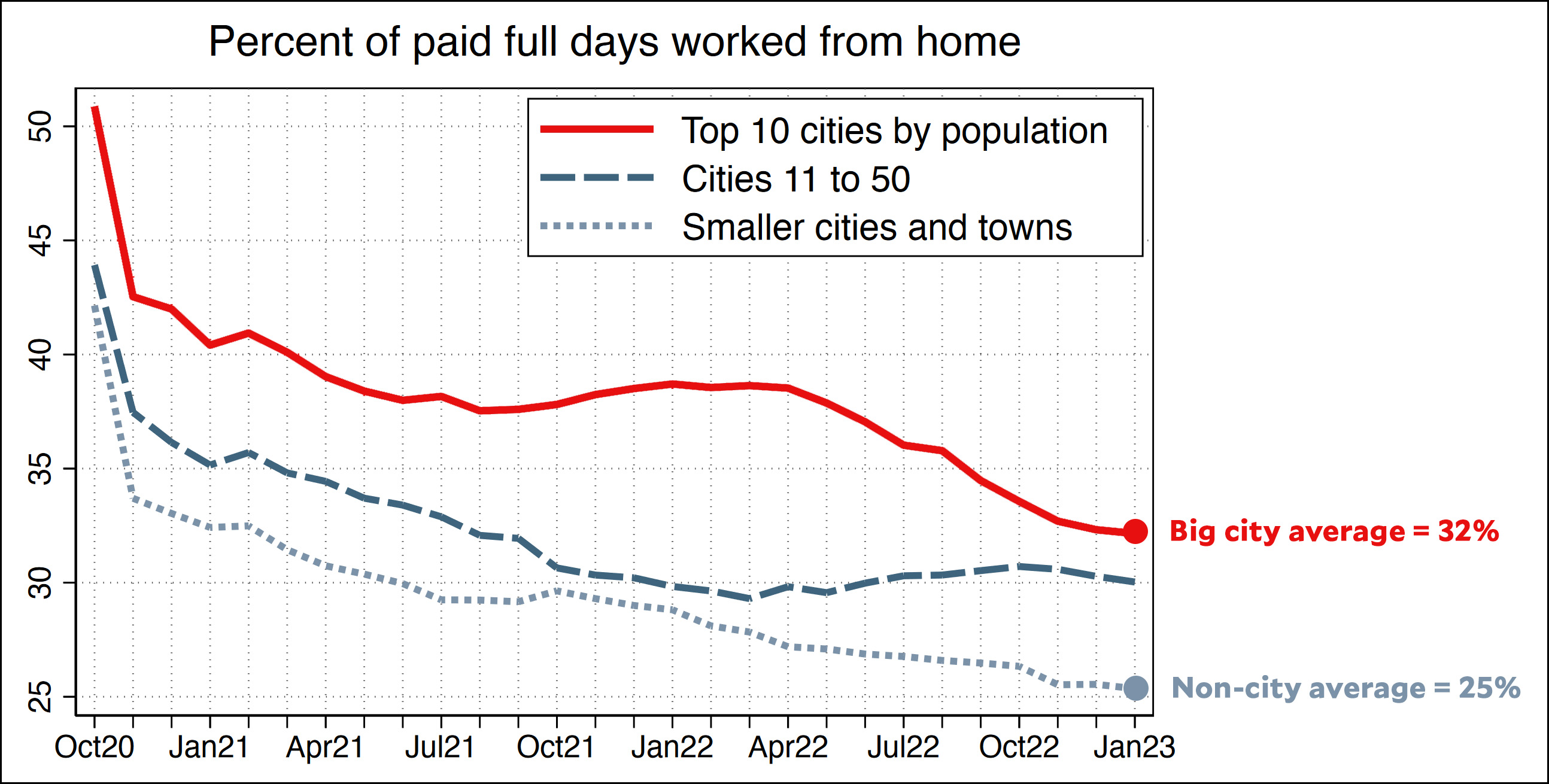Eric Levitz makes an interesting point today about Donald Trump and his obsession with holding onto classified documents. The Department of Justice, far from indicting him for political reasons, actually went easy on him:
In January of last year, in response to a subpoena, Trump returned 197 classified documents to the federal government. Despite his willfully retaining those documents for months, the federal indictment released last week does not charge Trump in connection with any of them — which is to say, the DOJ gave Trump a pass on 197 potential counts of willful retention of national defense information. Instead, it charged him with only 31 counts corresponding with the number of highly classified documents Trump knowingly withheld from the government in January 2022 and the FBI later obtained.
Trump held onto hundred of classified documents for a year after leaving office, even after repeated requests for their return from the National Archives. He gave them back only after a subpoena. Even so, he did give them back, so DOJ let the whole thing slide.
But then Trump practically forced their hand. Even after NARA requests, even after a subpoena, he held on to dozens more classified documents and did everything he possibly could to hide them. The government got them back only after the FBI seized them in a search of Mar-a-Lago months later.
This is the key difference between Trump, Biden, Pence, and Hillary Clinton. Biden had a few classified documents in his possession after his vice presidency, but he promptly and voluntarily returned them when they turned up in a search. Ditto for Pence. Hillary never had any classified documents at all, merely some private email conversations that were mostly about things that were unclassified at the time but were later retroactively classified by the CIA in a routine feud with the State Department over classification standards. (The items that were classified at the time they were sent referred mostly to things that had been reported in the news.)
It's all simple, and even Republicans know it. Unlike anyone else, Trump actively and persistently held onto classified documents and conspired with others to keep them hidden. That's the difference. If he had returned them when the subpoena was issued, grudgingly or not, DOJ never would have done anything. But Trump refused, and at that point DOJ hardly had a choice. It was all but impossible not to indict him.


